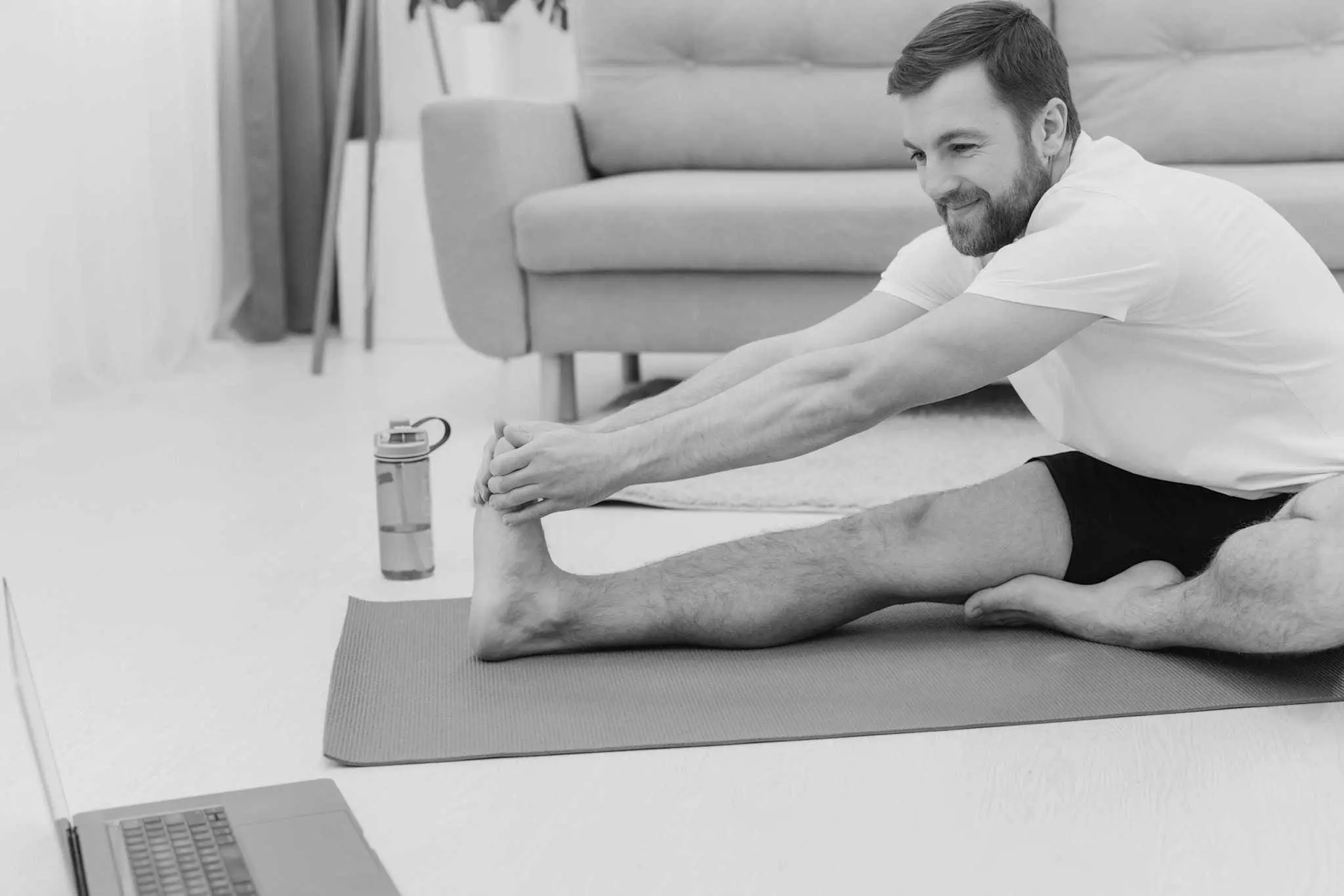Physical therapy is a vital part of recovering from injuries and maintaining overall health. One essential aspect of physical therapy is leg exercises, which help improve strength, flexibility, and circulation. With a variety of equipment available, selecting the right physical therapy leg exerciser can be overwhelming. This article will guide you through some of the best options available, focusing on their features, benefits, and how they can aid in your recovery journey.
Pedal Exercise Mini Exercise Bikes
Pedal exercise mini exercise bikes are compact and versatile, suitable for both leg and arm recovery exercises. These devices provide a low-impact workout that is perfect for physical therapy and rehabilitation. They are lightweight and can be used while sitting, making them ideal for home or office use.

Features and Benefits
- Portability: These bikes are compact, making them easy to transport and store.
- Adjustable Resistance: Many models, such as the Sunny Health & Fitness Dual Function Under Desk Pedal Exerciser, offer adjustable resistance levels to customize the intensity of your workout.
- Electronic Display: Some pedal exercisers, like the Vaunn Wrist Arm Leg Strengtheners Pedal Exerciser, come with an electronic display to track time, distance, and calories burned.
Who Should Use It?
Pedal exercise mini bikes are perfect for individuals looking for a gentle, low-impact exercise option. They are suitable for those recovering from leg or arm injuries and seniors looking to maintain mobility and strength.
Slant Boards
Slant boards are a versatile tool for calf stretching and squats, often used in physical therapy settings. They help improve flexibility and reduce the risk of injury.
Features and Benefits
- Adjustability: Many slant boards, like the Rshexji 3rd Gen Adjustable Slant Board, offer customizable angles to accommodate different stretching needs.
- Stability: Products like the Unmera Squat Wedge Block are designed with non-slip surfaces for added safety during use.
- Weight Capacity: Some slant boards, such as the Naitesen Steel Slant Board, can support up to 600lbs, making them suitable for a wide range of users.
Who Should Use It?
Slant boards are ideal for athletes, individuals undergoing physical therapy, and anyone looking to improve calf flexibility and strength. They are particularly beneficial for those recovering from Achilles tendon injuries or plantar fasciitis.
Under Desk Elliptical Exercisers
Under desk elliptical exercisers, like the Sunny Health & Fitness Sitting Under Desk Elliptical Exerciser, provide a convenient way to exercise while working or watching TV. They offer a smooth, low-impact workout for your legs.
Features and Benefits
- Compact Design: These exercisers fit neatly under most desks, allowing you to work out without interrupting your daily activities.
- Calorie Tracker: Many models, such as the DeskCycle Under Desk Bike Pedal Exerciser, include a calorie tracker to monitor your progress.
- Adjustable Resistance: With adjustable resistance levels, these exercisers allow you to customize the intensity of your workout.
Who Should Use It?
Under desk elliptical exercisers are perfect for office workers, seniors, and anyone looking to incorporate more activity into their daily routine. They are an excellent option for maintaining cardiovascular health and leg strength without needing a dedicated workout space.
Portable Calf Stretchers
Portable calf stretchers, such as the ProStretch Plus Customizable Calf Stretcher, are designed to improve flexibility and reduce muscle tension. They are a staple in many physical therapy programs.
Features and Benefits
- Customizable Stretching: These stretchers allow for adjustable stretching angles to target different muscle groups.
- Durability: Many calf stretchers are made from high-quality materials, ensuring they withstand repeated use.
- Ease of Use: Their simple design makes them easy to use, even for beginners.
Who Should Use It?
Calf stretchers are beneficial for athletes, those recovering from lower leg injuries, and individuals seeking to improve flexibility. They are particularly useful for runners and those with tight calf muscles.
Choosing the Right Exerciser
When selecting a physical therapy leg exerciser, consider the following factors:
- Your Specific Needs: Identify your primary goals, whether it’s improving flexibility, building strength, or maintaining mobility.
- Space and Portability: Consider where you will use the exerciser and if you need a portable option.
- Adjustability and Features: Look for models with adjustable resistance or angles to ensure a customizable workout experience.
- Budget: Determine how much you are willing to spend and explore options within your price range.
Conclusion
Selecting the best physical therapy leg exerciser involves considering your personal needs and preferences. Whether you choose a pedal exercise mini bike, slant board, under desk elliptical, or calf stretcher, each option offers unique benefits to aid in your recovery and overall fitness goals. Incorporating these tools into your routine can enhance your physical therapy experience, improve your leg strength and flexibility, and contribute to a healthier, more active lifestyle.
By understanding the features and benefits of each type of leg exerciser, you can make an informed decision and select the best equipment to support your physical therapy journey.


